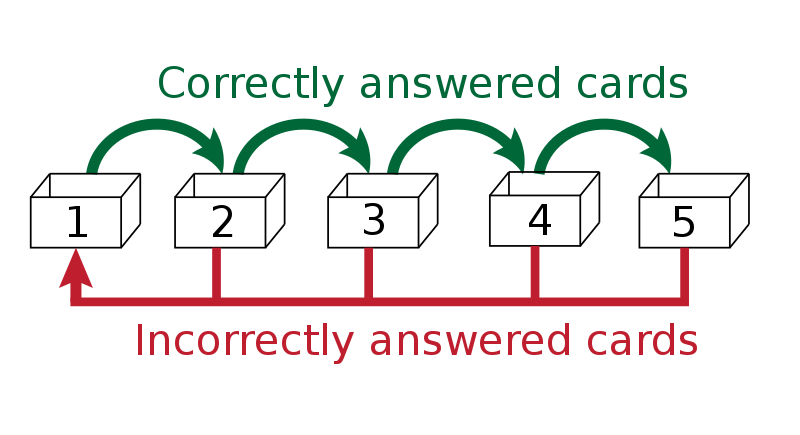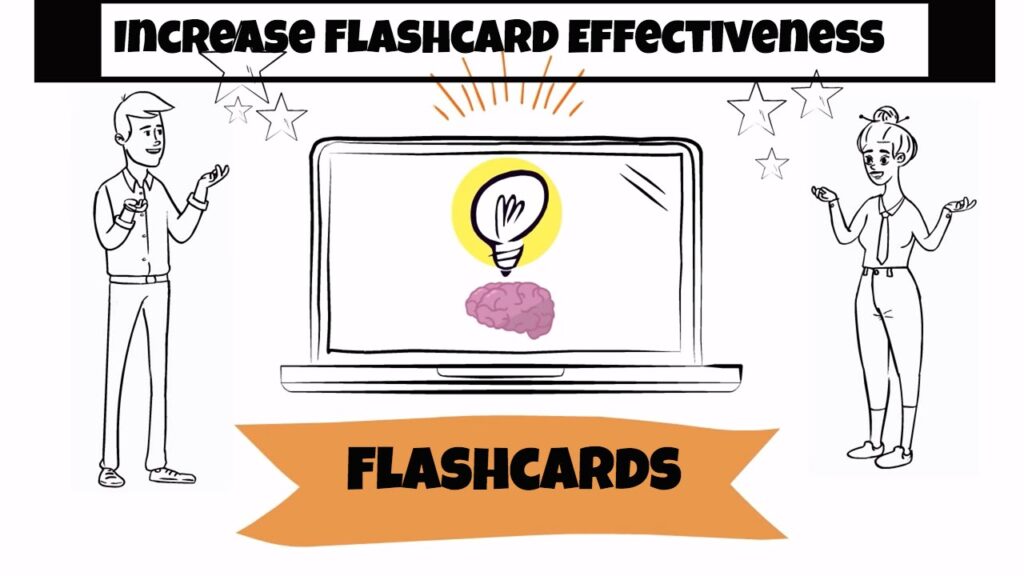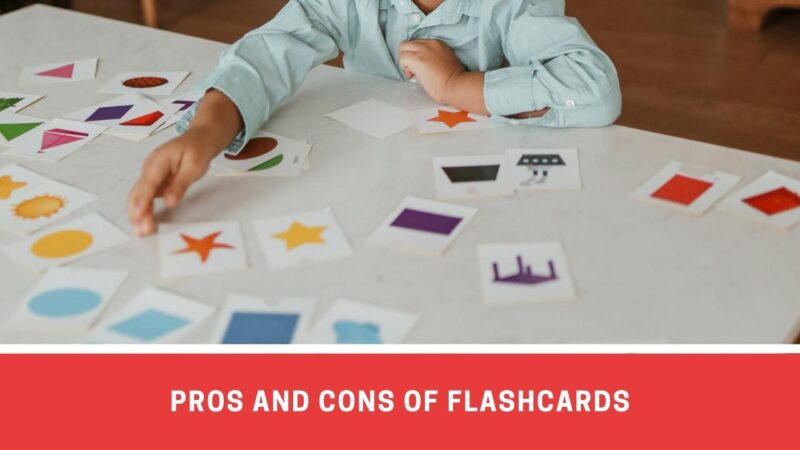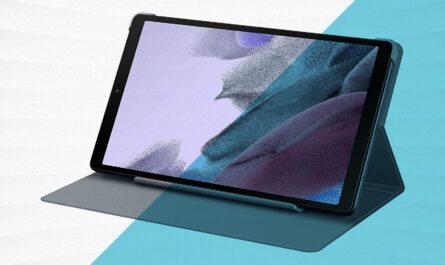Memory plays a pivotal role in our daily lives, influencing everything from academic achievements to everyday tasks. Flashcards and spaced repetition are two powerful tools that have been employed over the years to enhance memory.
We will explore the intricacies of these methods, their historical context, and their cognitive underpinnings.
Page Contents
Memory and Learning

Effective memory is crucial for success in various spheres of life, be it academic, professional, or personal. A tool like the Gizmo can be instrumental in understanding and enhancing these processes.
A Time-Tested Learning Tool
Flashcards, whether virtual or physical, are cards bearing information on both sides, typically a question on one and an answer on the other. Historically, they’ve been used since the 19th century, with their primary purpose being to aid memorization. The benefits of using flashcards include:
- Active Recall and Engagement: Flashcards promote active recall, where given a prompt, one produces the answer.
- Simplicity and Customization: They can be tailored to fit individual learning needs.
- Portability and Convenience: Flashcards can be easily carried around, making them a convenient learning tool.
The Science of Spaced Repetition
Spaced repetition is a learning technique that leverages increasing time intervals between each review of a flashcard. This method capitalizes on the psychological spacing effect, where newly introduced and challenging flashcards are reviewed more frequently than older and simpler ones. The principle behind spaced repetition is to align with memory consolidation, ensuring long-term retention.
Pro Tip: Spaced repetition software programs have been developed to optimize this learning principle, making it easier for learners to adhere to effective review schedules.
Cognitive Mechanisms Behind Flashcards and Spaced Repetition

Cognitive psychology and neuroscience highlight the efficacy of flashcards, spaced repetition, and retrieval practice. These methods strengthen memory pathways and combat the brain’s forgetting curve. Interleaved learning, mixing subjects, also aids learning. Activities like crossword puzzles add to this by engaging the brain, fostering comprehensive understanding, and boosting long-term retention.
The human brain tends to forget information following a predictable curve. By using spaced repetition, we can combat this forgetting curve, reviewing information just as we’re about to forget it. This not only reinforces the memory but also makes it stronger and longer-lasting.
Another concept, interleaved learning, suggests that mixing up different topics or subjects during study sessions can improve overall learning. This varied practice keeps the brain engaged and has been shown to improve retention and understanding.
On a neuroscientific level, repeated and spaced out study sessions align with the brain’s process of memory consolidation, ensuring that information is stored in long-term memory.
Pro Tip: Research has shown that the act of trying to recall something strengthens our memory of it, even if we don’t get it right the first time!
Applying Flashcards and Spaced Repetition Effectively
To maximize the benefits of flashcards:
- Clear and Concise Formulation: Ensure each flashcard is specific and to the point.
- Visual Aids and Mnemonics: Incorporate images or memory aids to enhance recall.
- Contextualizing Information: Relate the information to something you already know or have experienced.
For spaced repetition:
- Different Intervals for Initial Learning and Review: Start with shorter intervals and gradually increase them as you become more familiar with the information.
- Utilizing Spaced Repetition Software and Apps: There are numerous tools available that can help automate the spaced repetition process.
Overcoming Challenges and Pitfalls
While flashcards and spaced repetition are powerful tools, they’re not without their challenges. Some common mistakes include:
- Overloading Flashcards: Too much information on a single card can be overwhelming.
- Inconsistent Review Schedules: It’s crucial to stick to the review schedule for maximum retention.
- Ignoring the Importance of Comprehension: Simply memorizing information isn’t enough; understanding is key.
To stay motivated and address these challenges, set specific goals, reward yourself for milestones reached, and mix up your study topics to keep things fresh.
Fun Fact: The Leitner system, a popular method of using physical flashcards for spaced repetition, was proposed in the 1970s and remains popular today!
Expanding the Scope of Flashcards

Flashcards have evolved beyond simple text-based questions and answers. Modern flashcards can include:
- Multimedia Elements: Images, audio clips, and even videos can enhance the learning experience.
- Critical Thinking and Application Questions: Instead of just factual recall, challenge yourself with questions that require deeper understanding or application of knowledge.
- Conceptual Understanding and Synthesis: Use flashcards to link related concepts or synthesize information from multiple sources.
Future Directions
The digital age has transformed how we use flashcards and spaced repetition. With the rise of AI, there’s potential for personalized learning experiences tailored to each individual’s needs.
The integration of virtual reality could offer immersive learning experiences, making the process even more engaging. As technology continues to advance, the methods and tools available for memory enhancement will only become more sophisticated.
FAQ
How long should I wait between review sessions in spaced repetition?
The ideal interval varies depending on your familiarity with the material. For new information, start with shorter intervals like a day or two. As you become more confident, extend the intervals to a week, then a month, and so on. The key is to review just before you’re on the verge of forgetting.
Can I use flashcards for subjects that aren’t fact-based, like art or music?
Absolutely! While flashcards are often associated with factual recall, they can be adapted for any subject. For art, you might have an image of a painting on one side and details or analysis on the other. For music, you could use audio clips with questions about composition, theory, or historical context.
Are digital flashcards as effective as physical ones?
Both digital and physical flashcards have their merits. Digital cards are portable, easily updated, and can incorporate multimedia. Physical cards, on the other hand, offer a tactile experience which some learners find beneficial. The best choice depends on your personal preference and study habits.
Conclusion

Flashcards and spaced repetition offer a significant cognitive advantage, enhancing memory skills and making learning more efficient. By understanding and leveraging these techniques, individuals can achieve academic, professional, and personal success. The potential for memory enhancement is vast, and with the right tools and strategies, everyone can tap into this potential.
So, why wait? Start incorporating these techniques into your learning routine today!






